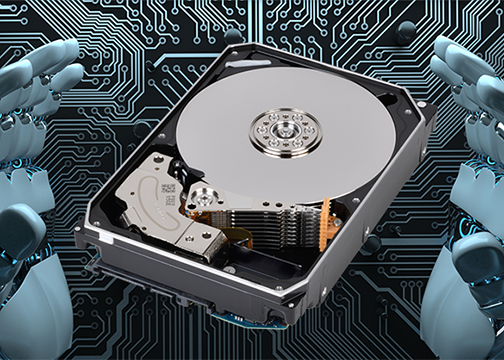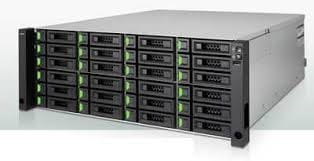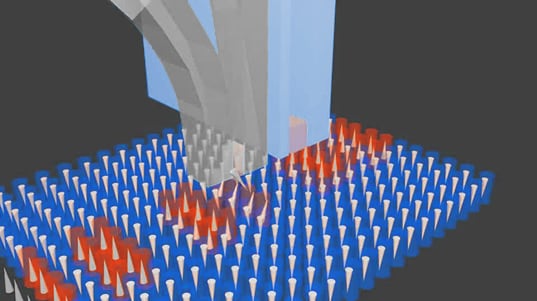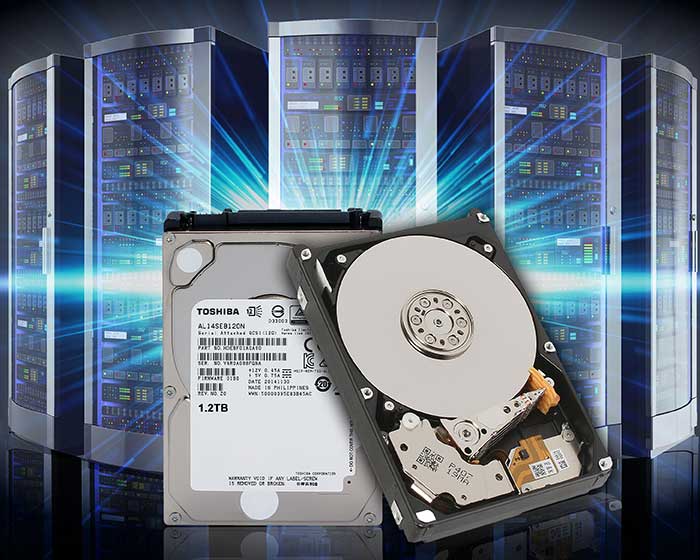- General Top
- SEMICONDUCTOR
- STORAGE
- COMPANY
-
My ToshibaSemicon
- Semiconductor Top
-
ApplicationsAutomotive
Body Electronics
xEV
In-Vehicle Infotainment
Advanced Driver-Assistance Systems (ADAS)
Chassis
IndustrialInfrastructure
BEMS/HEMS
Factory Automation
Commercial Equipment
Consumer/PersonalIoT Equipment
Healthcare
Wearable Device
Mobile
Computer Peripherals
-
ProductsAutomotive Devices
Discrete Semiconductor
Diodes
Transistors
Logic ICs
Analog Devices
Digital Devices
Wireless Devices
※
: Products list (parametric search)
Power SemiconductorsSiC Power Devices
※
: Products list (parametric search)
Isolators/Solid State RelaysPhotocouplers
Digital Isolators
Solid State Relays
Fiber Optic Transmitting Modules
※
: Products list (parametric search)
MOSFETsIGBTs/IEGTsBipolar Transistors※
: Products list (parametric search)
Diodes※
: Products list (parametric search)
MicrocontrollersMotor Driver ICsIntelligent Power ICs※
: Products list (parametric search)
Power Management ICsLinear ICs※
: Products list (parametric search)
General Purpose Logic ICsLinear Image SensorsOther Product ICsOther Product ICs
※
: Products list (parametric search)
-
Design & Development
Design & Development
Innovation Centre
At the Toshiba Innovation Centre we constantly strive to inspire you with our technologies and solutions. Discover how to place us at the heart of your innovations.
-
Knowledge
Knowledge
Highlighted Topics
Further Materials
Other
- Where To Buy
- Part Number & Keyword Search
- Cross Reference Search
- Parametric Search
- Stock Check & Purchase
This webpage doesn't work with Internet Explorer. Please use the latest version of Google Chrome, Microsoft Edge, Mozilla Firefox or Safari.
require 3 characters or more. Search for multiple part numbers fromhere.
The information presented in this cross reference is based on TOSHIBA's selection criteria and should be treated as a suggestion only. Please carefully review the latest versions of all relevant information on the TOSHIBA products, including without limitation data sheets and validate all operating parameters of the TOSHIBA products to ensure that the suggested TOSHIBA products are truly compatible with your design and application.Please note that this cross reference is based on TOSHIBA's estimate of compatibility with other manufacturers' products, based on other manufacturers' published data, at the time the data was collected.TOSHIBA is not responsible for any incorrect or incomplete information. Information is subject to change at any time without notice.
require 3 characters or more.
Continued Need for HDD Data Storage in this Increasingly Data-Centric Era

According to IDC projections, by 2025 the quantity of data that our society generates each year will come to a staggering 175ZBytes. Though smartphone usage, cloud services and suchlike have already led to a significant rise in data volumes over the last decade, the roll-out of IoT infrastructure, more sophisticated levels of factory automation and smart homes/buildings are going to take this even further. Changes underway within the automotive sector will also be a major contributor to heightened data volumes. Each autonomous vehicle on our roads will be responsible for generating several TBytes worth of data each day. Though edge-based data storage will be of value in situations where rapid responsiveness is needed, having a centralised resource will still be essential in the vast majority of cases. By transferring data from its origins to central data centres, it can be merged with data from other sources - thereby allowing more comprehensive analysis to be undertaken and appropriate strategies to be formulated. Data storage implementations need to have scope for the ramping up of capacity, in order that they can keep pace with demands. At the same time, the unit costs need to be low enough to keep the financial investments involved acceptable.
Toshiba has published a white paper which uses the work the company has done with CERN (the European particle research centre located just outside Geneva) to illustrate the key dynamics currently driving data storage innovation and deployment. It gives details of how Toshiba was instrumental in addressing CERN’s huge data storage requirements, installing a total 100,000 HDDs so that a total capacity of 350PBytes could be achieved. Through an attractive price per capacity ratio, which draws directly on Toshiba’s established high volume production facilities, CERN was able to implement a storage system that was very cost-effective. Furthermore, the far lower annualised failure rate (AFR) that these HDDs are able to offer, means that long-term operational reliability can be maintained and ongoing replacement work avoided.
You can find out more about Toshiba’s work with CERN by downloading the whitepaper:








